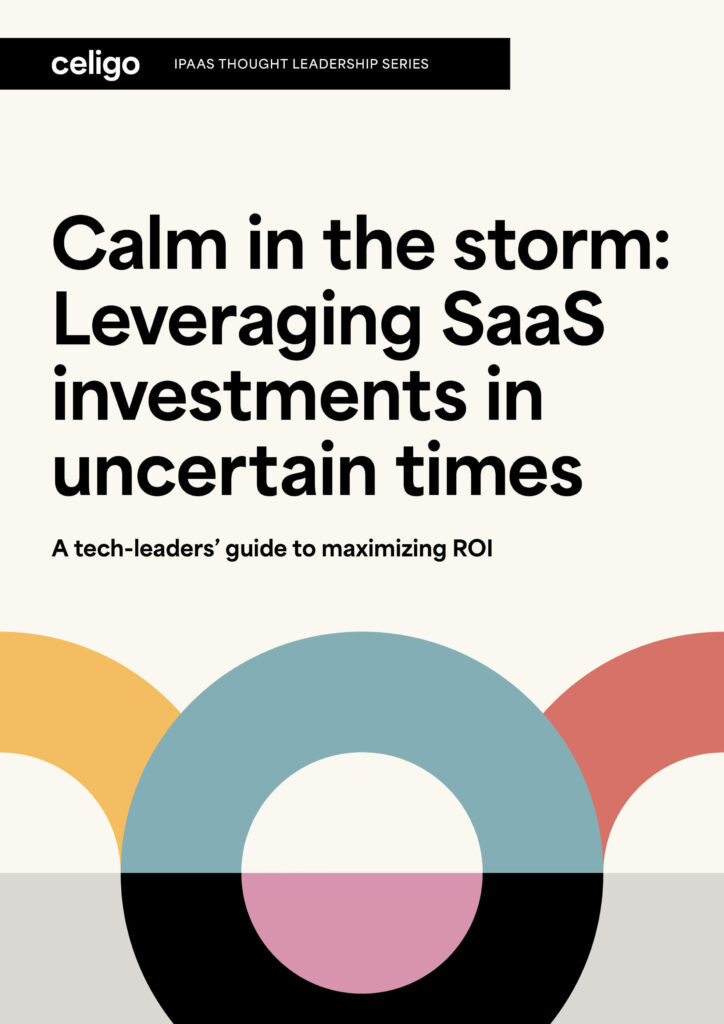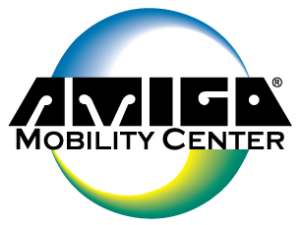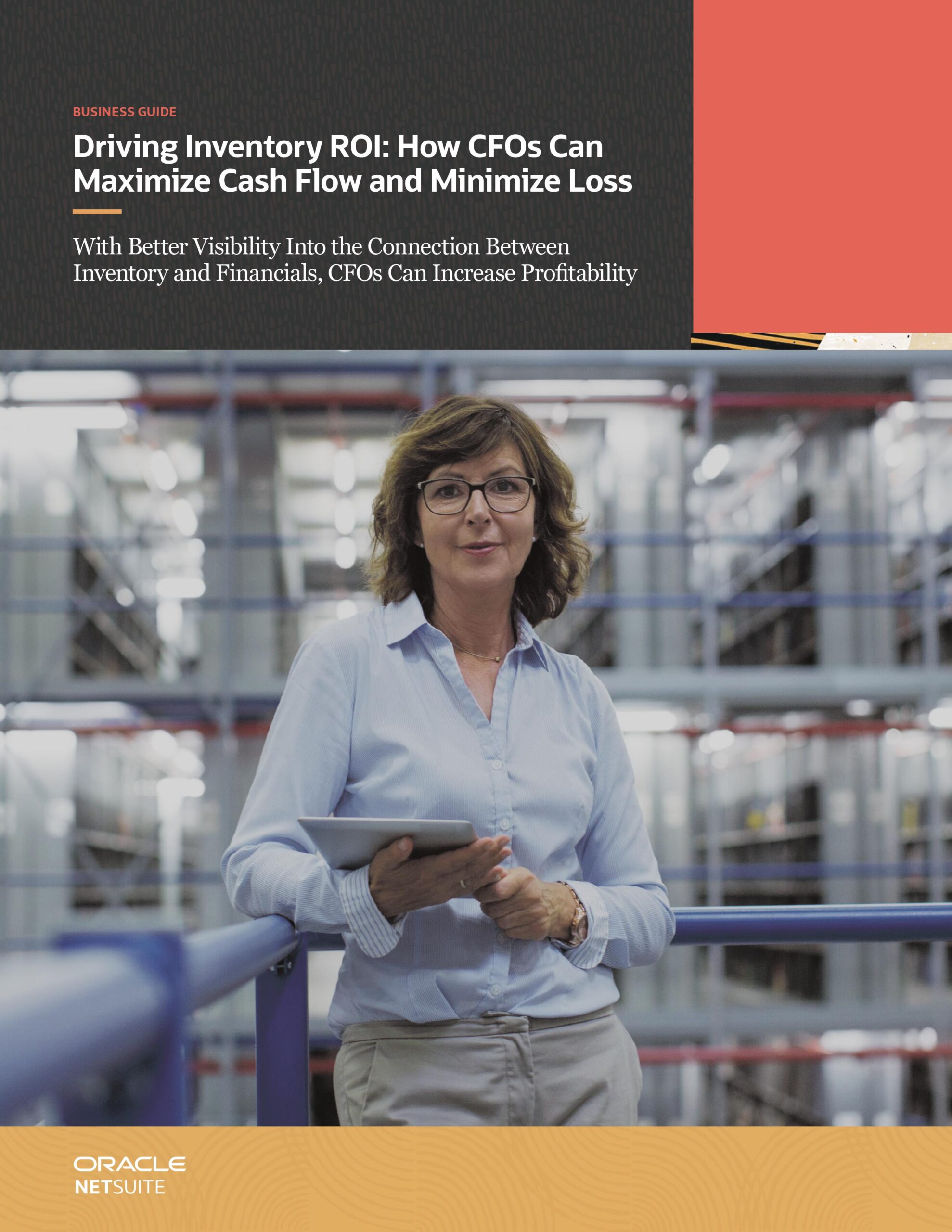
Home / Articles
Calm in the storm: Leveraging SaaS investments in uncertain times
A tech-leaders’ guide to maximizing ROI
Navigating an organization through choppy economic waters is no paddle downstream. In these conditions, tech leaders often get battered the most, as the business pressures them to support growth while reducing cost… and fast!
The past year’s economic rollercoaster has prompted a staggering 80% of IT captains to redraw their maps, as reported by Help Net Security.
As budgets tighten and businesses across industries explore different cost-reduction strategies, automation and integration technologies are gaining recognition as ways to maximize ROI.
Automation is on course to take over 21.5% of the hours worked in the US economy by 2030, and that’s before including generative AI in the equation. But those hours (and related costs) will only be saved by companies who have integrated their tech stacks in a way that facilitates automation at scale and reduces reliance on engineering resources. Without good tech integration, there’s no ROIdriving automation.
In this guide, we’ll unpack how a modern iPaaS can help solve some of the most pressing automation and integration challenges for tech leaders like you looking to maximize your budgets.
Automation is on course to take over 21.5% of the hours worked in the US economy by 2030

Obstacles to maximizing ROI and how to overcome them
Challenge 1: SaaS sprawl and decentralized IT
As workforces become increasingly tech-savvy, employees are taking matters into their own hands to boost productivity. Often, that means leveraging applications without consulting IT.
This leaves companies clogged with disparate systems, data silos, and frustrated employees spending hours on manual processes to reconcile data discrepancies. A 2023 Salesforce survey found that only about 29% of the approximately 1,000 SaaS apps used by the average company are integrated into the organization’s core systems.
While problematic during good economic times, these efficiency issues can become catastrophic during downturns when time and resources are even more precious. The seamless flow of information across systems and departments is critical, so it is important to integrate these systems.
Only about 29% of the approximately 1,000 SaaS apps used by the average company are integrated into the organization’s core systems
But this is often easier said than done. Custom coding can be expensive and inflexible, and out-of-the-box point-to-point solutions lack the robustness and customizations that most companies need.
One solution is to implement an integration platform as a service, or iPaaS, that connects all your applications and data. This eliminates the need to add user licenses just for the sake of visibility and automates the flow of data between systems without the need for manual input or reconciliation, which reduces the risk of human error.
The result: time and cost savings, and significantly increased efficiency.
AMIGO MOBILITY CASE STUDY

Amigo Mobility is a global manufacturer and direct seller of motorized shopping carts, material handling equipment, and accessories for mobility vehicles. With enterprise customers like Kroger, Target, and Walmart, Amigo Mobility recognized they could no longer rely on lengthy, error-prone manual processing.
After implementing Celigo’s iPaas, they saw a 20-30% dip in aged receivables and a reclaimed wealth of time previously lost to repetitive, low-value tasks. Ryan Maher of Amigo Mobility puts it simply:
“We’re seeing a 10x ROl from Celigo.”
With operational costs down and productivity up, Amigo Mobility not only weathered the storm of economic uncertainty, but succeeded in propelling their business towards growth amidst it.
Challenge 2: Digital transformation initiatives
Even as budgets tighten, corporate technology leaders say they will continue to prioritize efficiency and savings in 2024 and digital transformation remains a key focus across all industries. According to Gartner, the vast majority of businesses—91%—are engaged in some form of digital initiative, and 87% of senior business leaders say digitalization is a priority.
Why then is the average success rate for digital transformations only about 30%? Often, it is because companies are going too big, too fast. Many businesses are eager to jump into the latest technology and completely overhaul their processes in one go, without considering that they are trying to do too much at once.
The vast majority of businesses—91%—are engaged in some form of digital initiative, and 87% of senior business leaders say digitalization is a priority.
The best place to start is by looking at ways to consolidate and improve processes already in place.
iPaaS makes these first steps attainable by making it possible to connect and manage integration flows across systems in a single platform. Through a single pane of glass, you can quickly identify existing inefficiencies or redundant processes, streamline maintenance-related tasks, and mitigate the risk of managing disparate tools.
A modern iPaaS will also scale with your organization as you tackle increasingly complex digital transformation initiatives. For example, as your business expands and adopts new tools, iPaaS makes it easier to integrate new software into existing infrastructure without extensive—and costly—development efforts. If your business is expanding globally or adopting distributed IT architectures, iPaaS platforms can also be deployed across multiple regions or cloud environments.
If you are early in your digital transformation journey, it’s important to take a step-by-step approach to avoid overwhelming your organization. Start with simplifying and digitizing a limited set of existing processes, and then plug them into your iPaaS. From there, you can gradually build a comprehensive integrated system.
TITAN BRANDS CASE STUDY

Scaling up an ecommerce powerhouse
Titan Brands is an ecommerce powerhouse with over 3,000 SKUs, from tractor supplies to workout gear. The business was growing quickly and their traditional techstack just couldn’t keep up.
Jeff Hill, Titan Brands’ Director of Global Supply Chain, decided to leverage iPaas to improve real-time data gathering, and streamline processes. He saw a significant difference with Celigo: “What worked for 50 orders couldn’t stand up to 3,000,” says Jeff. “Celigo gave us custom-order handling that was robust and reliable.”
Information that was once scattered and siloed became accessible, paving the way for Titan Brands’ team to make real-time decisions effectivelv-and increased business tenfold over five years, while producing savings of a quarter-million-dollars.
“Celigo gave us custom-order handling that was robust and reliable.”
Challenge 3: Talent shortages
According to Gartner, 26% of CEOs cited the talent shortage as the most damaging risk for their organization, with rising compensation posing a challenge to tech leaders looking to drive costs down.
The upshot is that it’s now more difficult to hire your way out of problems. During times of economic uncertainty and a tight labor market, hiring new employees to fill the talent gap isn’t always feasible. How can you compensate for this limitation while still driving growth?
An iPaaS that is built for both business and technical users can empower your tech-savvy employees to manage and monitor some of their own integrations at a local level. This effectively democratizes integration-related tasks and reduces the dependency on your developers, which frees them up to focus on strategic projects—and minimizes the need to hire more full-time IT staff to focus on simple integrations.
Of course, that doesn’t mean that it’s an integration free-forall. Yes, tech-savvy team members get some autonomy over integration management. But an iPaaS enables tech leaders to maintain order, unify data flows, and facilitate a global integration and automation plan.
26% of CEOs cited the talent shortage as the most damaging risk for their organization
Modeling the value of business process automation
2024 poses a very different economic challenge than businesses faced in 2020. Every dollar spent is now scrutinized and must be justified. While IT spending is expected to jump in 2024, most of it is earmarked for security, which means IT leaders still have to optimize each application in their tech stacks.
So, how can CIOs effectively drive both top-line revenue growth and reductions in operational costs—and communicate that impact? Automation projects are unique in that they have the power to support both initiatives.
Here’s an example of how to estimate the ROI of automating the order-to-cash process, starting with identifying the desired business outcomes and impact metrics:
- Set the desired business outcomes of the automation project. Below, we suggest financial, process, HR, and customer outcomes typically improved by automation projects.
- Define how you’ll measure progress on those outcomes. We’ve proposed some metrics in the quadrant below.
- Model the cost of the order-to-cash process with the improved outcomes. To make it easier to build the model, plug desired outcomes into an ‘Assumptions’ tab in a spreadsheet, then build different cost scenarios based on which outcomes come to fruition.
- Compare the modeled cost to the actual cost of the current, non-automated order-to-cash process.
FINANCIAL
Goals:
- Reduce order processing costs by 50%
- Return 40 headcount hours back to the business
- Revenue growth
- Refunds reduced by 10%
Measures:
- FTEs involved in order processes
- Time to process an order
PROCESS
Goals:
- Increase number of orders processed per hour by 40%
- Reduce order errors by 90%
Measures:
- Time to process an order
- Number of rejected orders by fulfillment
- Percentage of orders with errors
PEOPLE
Goals:
- Reduce contract/temp labor
- Increase FTE’s job satisfaction with more meaningful work
- Increase capacity to start new initiatives
Measures:
- Employee satisfaction
- Employee retention
- Number of concurrent corporate initiatives
CUSTOMER
Goals:
- Increase 5-star reviews by 40%
- Increase repeat orders by 60%
- Reduce customer support tickets by 20%
Measures:
- Positive reviews
- Repeat orders
- Customer ticket volume
By modeling the cost of that process if the wasted effort and inaccuracies were eliminated and comparing it to the current cost, you can estimate a quantified value for improving automation and integration capabilities.
Drive ROI through data integration & process automation
A modern iPaaS provides tech leaders with a flexible resource that drives reductions in operational costs (including IT spend) while supporting growth initiatives. Capabilities that improve developer productivity and enable business technologists— without compromising IT governance—will accelerate digital transformation across the enterprise. The talent shortage has a lesser impact since the business can better leverage technical talent inside and outside the IT organization.
When you’re navigating through economic uncertainty, you need the right tools to guide you. Ready to drive ROI with an integration solution? Schedule a demo with us today.







